O.K., guys, yeah, there’s a car shortage. A shortage of both new and used cars.

The Ukraine crisis has made things worse, but the trouble didn’t start there. Various supply chain disruptions, due in part to government Covid restrictions, have added to problems like the shortage of semiconductors (the “Chip Crisis”), to make things difficult for car manufacturers. There’s now serious talk from car makers about closing plants in Europe and raising prices even more. And now with the Ukraine / Russia situation, there’s pressure on supplies of basic commodities that are key in the car making business; things like platinum and palladium, used in so many of the whizz bang, high tech, doodads and hodads in almost all modern cars. (Have a look at MIH Consortium’s article for further details on the whole issue.) And that’s not to mention the pressure on aluminum supplies, a metal that is central to making modern car body shells and also our beloved alloy sports wheels.
(Note to my sports car brothers and sisters: I’m now running Prodrives like these on my MX5 / Miata, with Michelin Pilot Sports 3s. A winning combinations, guys, totally excellent.)
The shortage of new cars is pushing up the prices of used cars. For a long time now we’ve been seeing auction prices moving upwards, although I’m happy to say that very recently prices have settled down and stalled out a bit (time of writing: spring, 2022), which is good news for folks who want to do a self import on a used car bought directly from the Japanese used car auctions. (Our specialty, Guys, self import all the way. Yeah!)
Do We Panic? No, We Win!
But in this overall car shortage, what do we do? Just panic? No way, we win. We are the “Winnermen,” as our company president, Scott Bower, calls our customers.
The folks who’ve read some of my scribbles here at the Japan Car Direct Blog know that I am a used car “believer.” I’ve never bought a new car in my life and, with all this world crisis stuff and hard times, I’m even more of a believer in getting the right good used car to get us through the hard times and back out the other side; and in a bit of style, too, if possible. What I mean is: we get a car that we want to drive and not some minimalist turd that makes you miserable every time you get behind the wheel. We get what we want. We win.
So, yeah, the used car market in the U.S. is crazy right now but, with used car auction prices leveling off here in Japan these days, there’s a good opportunity for you guys that are thinking ahead to sell the car you’ve got in the States now and pick up a better vehicle at a better price direct from us here in Japan. Our Winnermen win again.
Sanctions = (maybe) Opportunities
And now the Japanese government has come up with a new sanction on the Russkies: No expensive cars to be shipped to Russia. Any car over about US$49,000 is “no go to Moscow.” But our customers can, in some cases, pick up those cars more cheaply now since the sanctions will put downward pressure on the prices of cars in the expensive category. Chalk up another score for the Winnermen customers of Japan Car Direct. Yeah!
So don’t panic. Look at the opportunities.
Now, let’s look at how to choose the right used car for the hard times many of us are in today.
Choosing a Car for Hard Times: The “Keep Car.”
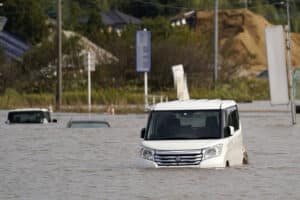
In choosing a car that we want to keep for a long time, that we can get the best value out of, the first thing that we need to look at is: What kills a car? I mean, other than we whack our dear machine into a bridge abutment or let her be the victim of a flash flood.
I mean, other than our own stupidity (including lack of maintenance), or carelessness (including letting my newly-licensed nephew get behind the wheel of my sports car), the things that kill a car are, in my experience, basically these:
Rust
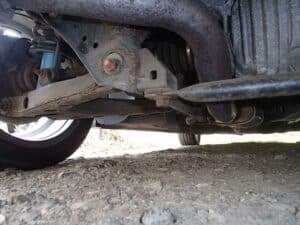
Yep, the dreaded rust monster. That’s what still ends the lives of many vehicles. Now, certainly, most Japanese cars from the late ’80s onwards have far better rust protection that what we had back in the ’70s; that’s true, but still, you want to choose a car that has a good reputation for rust resistance. For my part I do think that Japanese cars from the ’90s are the best because paint quality and rust proofing at the factory were very high back then in the days of oil-based paints. I’m a bit skeptical of some of the water-based paints of the last 20 years. Most are good, no doubt, but I’ve see some units that I thought were not…well….maybe not as good as the ’90s cars. And this is one of the reasons why at Japan Car Direct we offer a pre-purchase inspection service (which you can learn more about here), and why we don’t purchase cars from the “snow country” areas of northern Japan.
A tiny amount of surface rust, like I can see on the rear suspension arm and rear suspension arm mounting knuckle on my 2002 Miata / MX5 (I just went out to the parking lot and snapped a picture of it for you here) does not keep me awake at night.

But serious frame rust or major rust in a strength-critical area of a unibody (monocoque) car gives me the heebie jeebies and I break out in a cold sweat and have bad dreams at night.
Now I know guys who have done heroic work to deal with this kind of rust but…..I just don’t know if it’s worth it or if it’s safe. Once rust gets to this stage, the structural integrity of the car is becoming compromised and you have to let the old goat out to pasture.
Yeah, at JCD we are big into inspections and we are small on snow country cars.
So remember: Good rust proofing means good dreams.
Poor Parts Availability
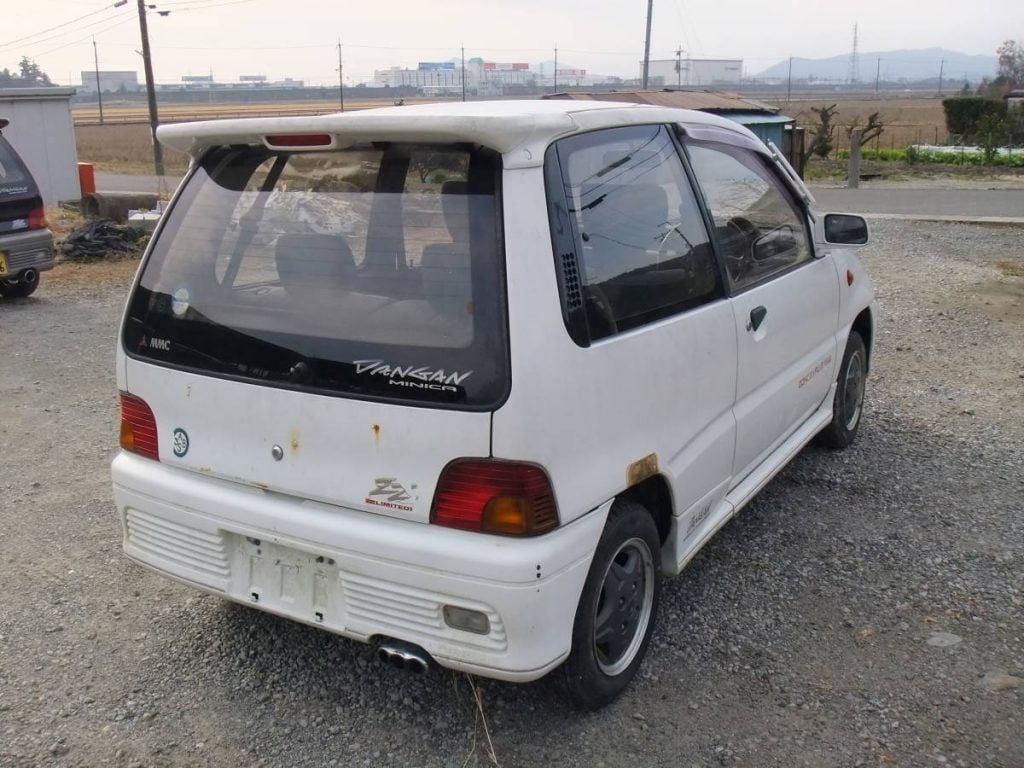
On our blog here at Japan Car direct I’ve written a lot about Japanese Kei Sports Cars (here, here, here, and here). They are one of my absolute favourite classes of Japanese vehicles; and the Kei sports car that I had for years, my Minica Dangan ZZ was a motoring delight. Sure, over the quarter century of his career, he developed a bit of surface rust (on the rear wheel arches and rear hatch door; here’s an typical example from looking at another fellow’s ZZ) but we just fixed that and he was good as new.
But when, at 271,000kms, cylinder 2 threw a piston ring, we just couldn’t source the full internal engine parts (rings, bearings, etc) set required to de a proper rebuild and we had to let the car go. And that taught me: Lack of parts can kill a car. It killed my Dangan because those cars were rare machines from day one. There were never many made and the engines were special, highly tuned units that were not available in many (any?) other Mitsubishi offerings.
So, when we are looking for a good “keep car” to import from Japan, we need to look at cars that were made in good numbers, that have survived well, and that have lots of parts cross over with other models (1990s Toyotas, anyone?)
So remember: Cars with good parts availability are cars with a future.
Poor Build Quality
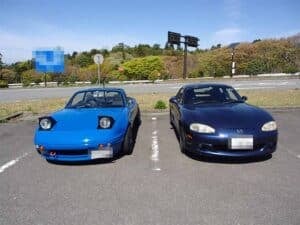
Some cars are simply better built than others: They have better component quality, are assembled to higher standards and tolerances and are good, strong designs. (Like so many of the cars built at my old Toyota Higashi Fuji Plant, yeah!)Or take my Mazda Miata / MX5, NB2 chassis type (the dark blue, handsome car on the right, that’s mine…mine!):
It’s got a solid chassis with good rust-proofing, an engine with a fully-decked iron block, a well-proven (indeed, slightly overbuilt) 5-speed manual transmission, and good general component quality. Those Miatas just last and last. Same as with my 1990 Toyota MR-2 (SW20 chassis) and my 1995 Toyota Celica GT-4 (ST205 chassis), those were solid cars that just seemed to go forever.
(Here’s a beautiful black 1994 Celica GT-4 that we recently imported to Australia. Since these cars are now 25 years old they can be imported no problem to Oz and to the USA. And here’s a lovely yellow MR2 that we also exported recently. Like the Celica, these cars are now 25 years old and are available for America and Australia. On our main JCD website you’ll find the used car import rules for America here and for Australia here.)
Excessive Complexity
My older sister had this boyfriend when she was in high school. He wasn’t the greatest looking fellow, as far as I could judge, at least, but I thought he was great. Why? Because he was my sister’s boyfriend? Not at all, I didn’t like my sister, so anybody being her boyfriend already had a mark against him.
No, I liked him because he liked cars and he planned to be a car designer when he grew up; so, to me, a budding car nut, he was great. He told me all sorts of stuff about engineering and he told me this engineering principle that he’d been taught: “KISS….Keep it simple, stupid.” Simple machines are usually more reliable, easier to repair, and cheaper to run.
He was absolutely right. If you want to buy a used car that will be more reliable, easier to repair, and cheaper to run (which are the kind of used cars that I want to buy) then KISS it: Look for a car that is not packed with whiz bang components and that doesn’t try to do too much (“plays polo and waits on table”….yeah, right). This is definitely where we win with used cars, especially cars from Japan from the 1990s. Almost all new and newer cars these days cannot be described as “simple.” And when they start to age and require maintenance, they cannot be described as “cheap to run” or “reliable,” and most of them cannot be described as at all “easy to repair.” Some, many, too many of the modern cars on the roads today are nightmares to work on for the home mechanic. And when we are trying to save money on transport in these hard times, it’s good for all of us to try to be, as far as we can, our own home mechanic.
If I have to fix something on my car, I’d rather deal with what’s under the hood in cars like my Miata, than what’s under the hood in my neighbour’s new Peugeot.
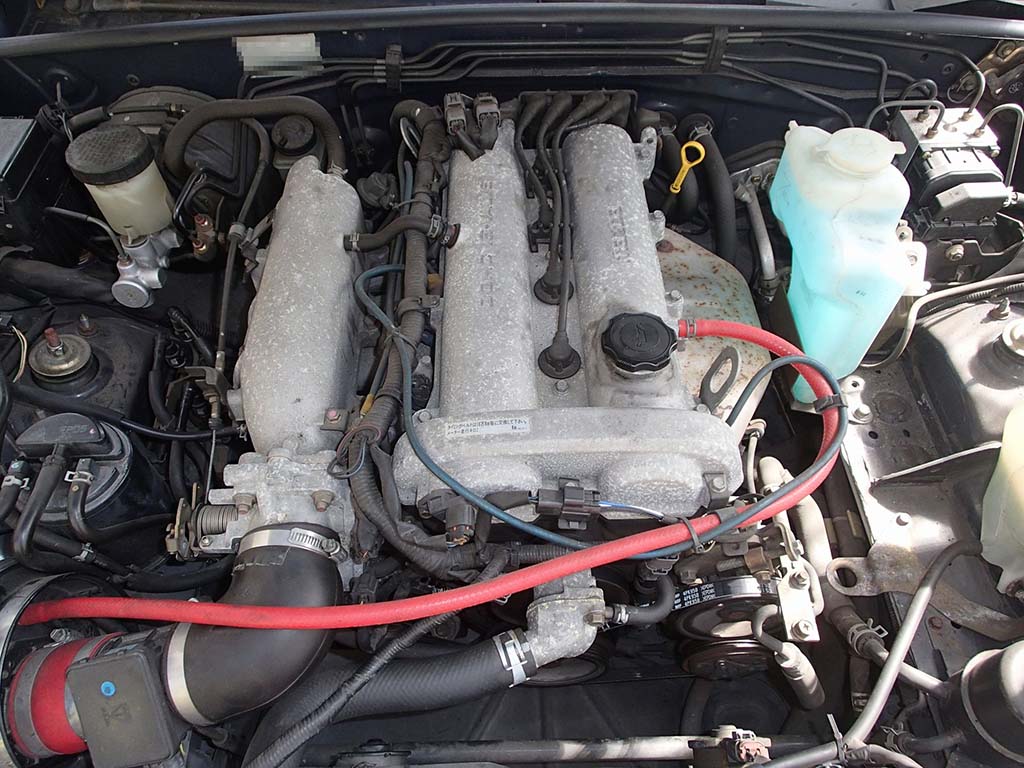
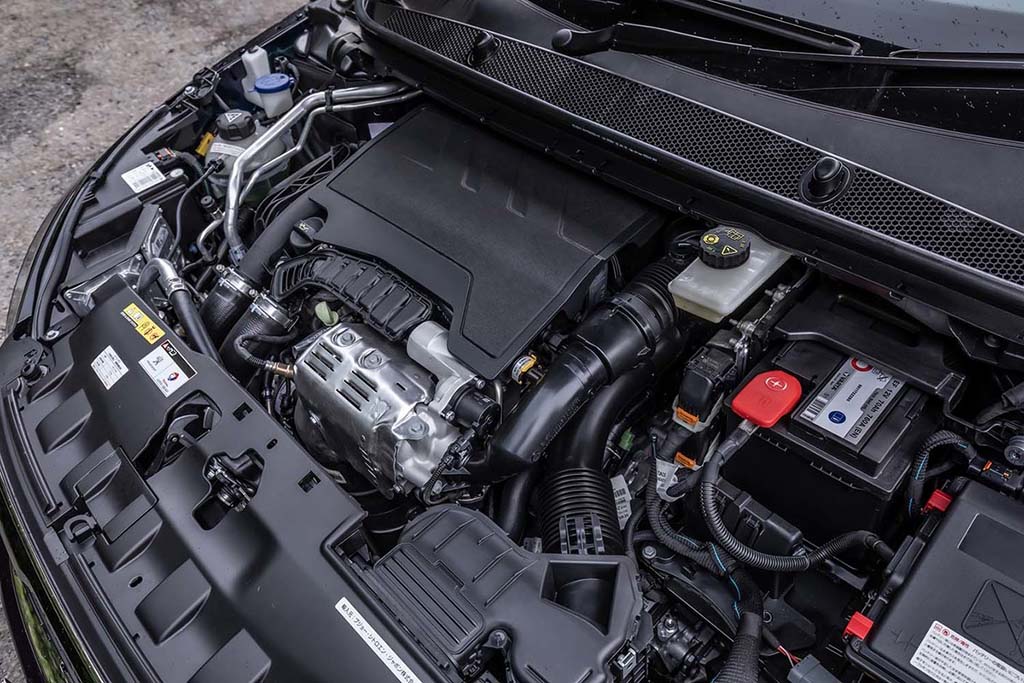
So remember: KISS
Keep Car Review So Far
O.K., so, if we want to import a good kei car today that will be a “Keep Car” for us in these hard (and maybe harder coming) times, we know that we need something with good rust resistance, that has good parts availability and is well-built and is as simple as we can get.
These are solid, objective points, but we don’t buy the cars we love based on technical nuts and bolts only, there are equally important “subjective” and “use” elements that we’ve got to be clear on if we want to be Winnermen when we put down our money, and we’ll look at those in our next post here on our Japan Car Direct Blog.
We’ll also look at some of the best used vehicles bought in Japan that are “hot” in the market these days.
For now, to get started on looking at what’s available in the Japanese used car market today, just register to link up with our team and to get to see what’s coming up at the Japanese used car auctions. Here at Japan Car Direct we can help you to quickly get a sense of prices, availability and vehicle condition so that you can start making solid plans to get yourself a really good used car, a Keep Car, a Winner’s car, direct from Japan.


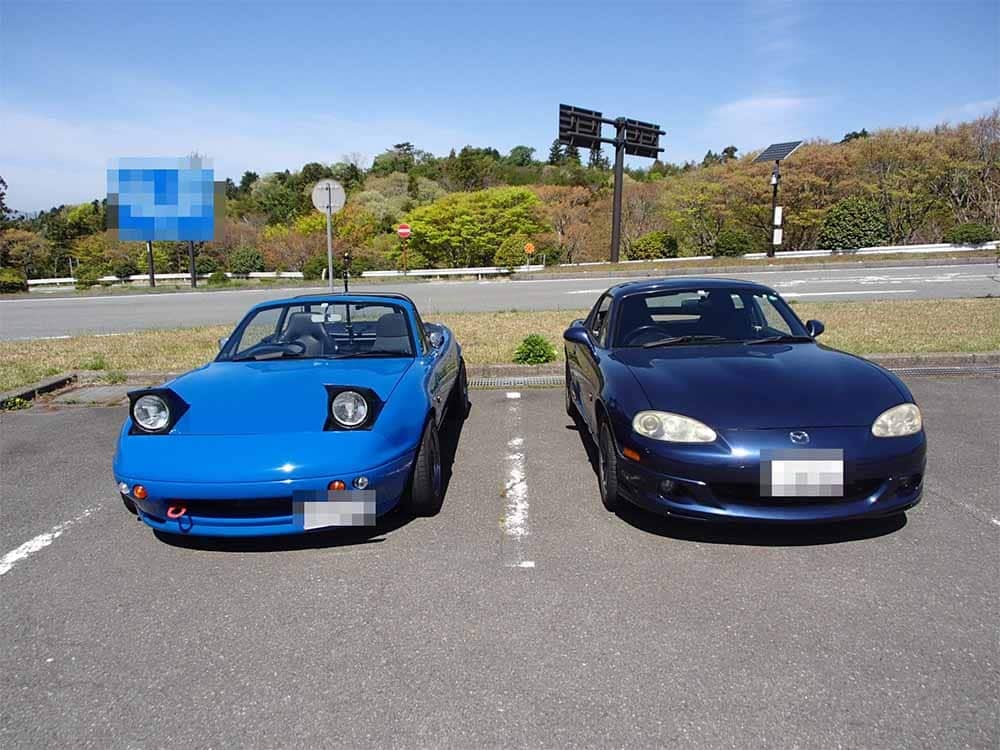
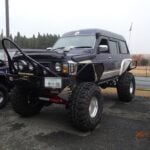





 LiveSupporti
LiveSupporti
Leave your questions and comments, we look forward to replying!